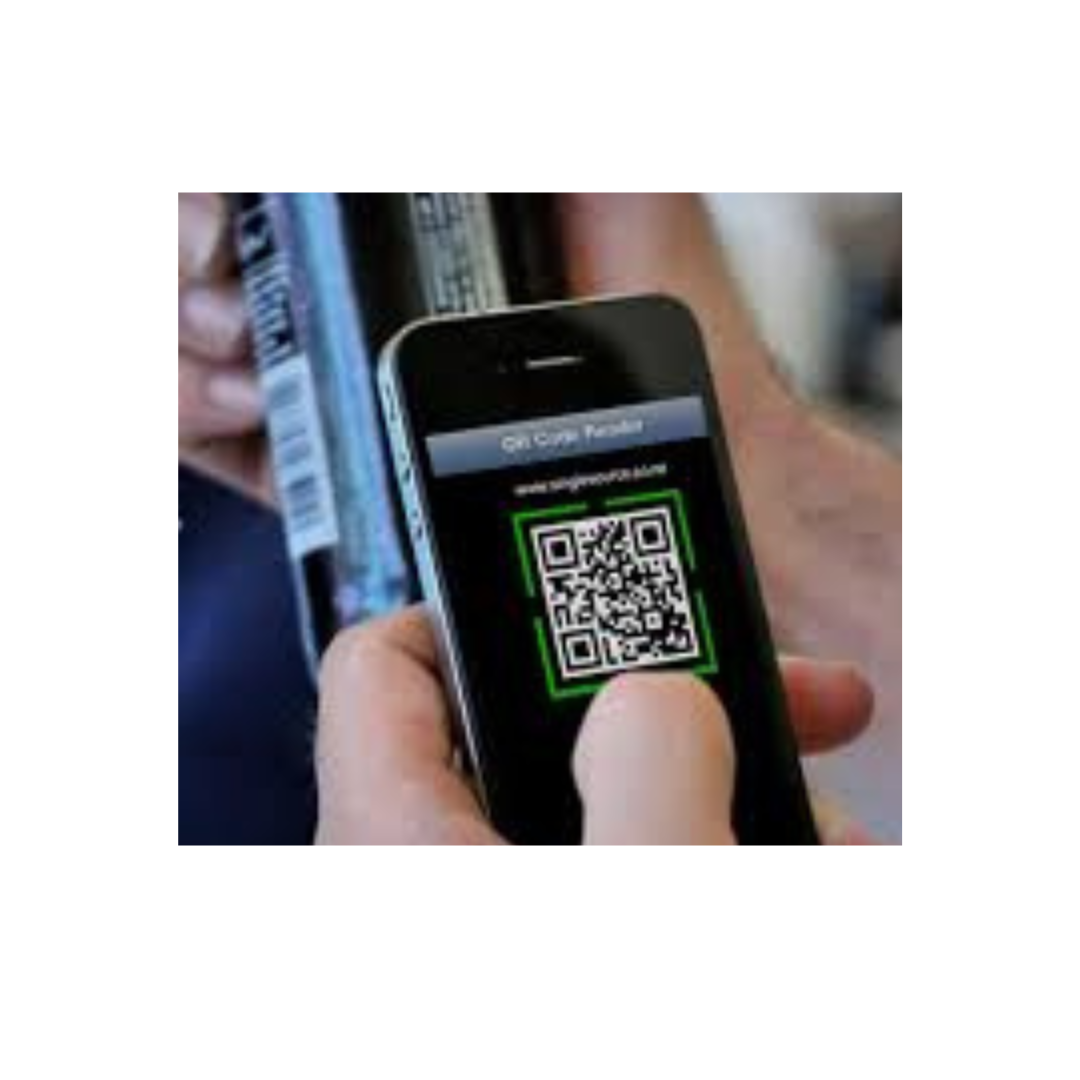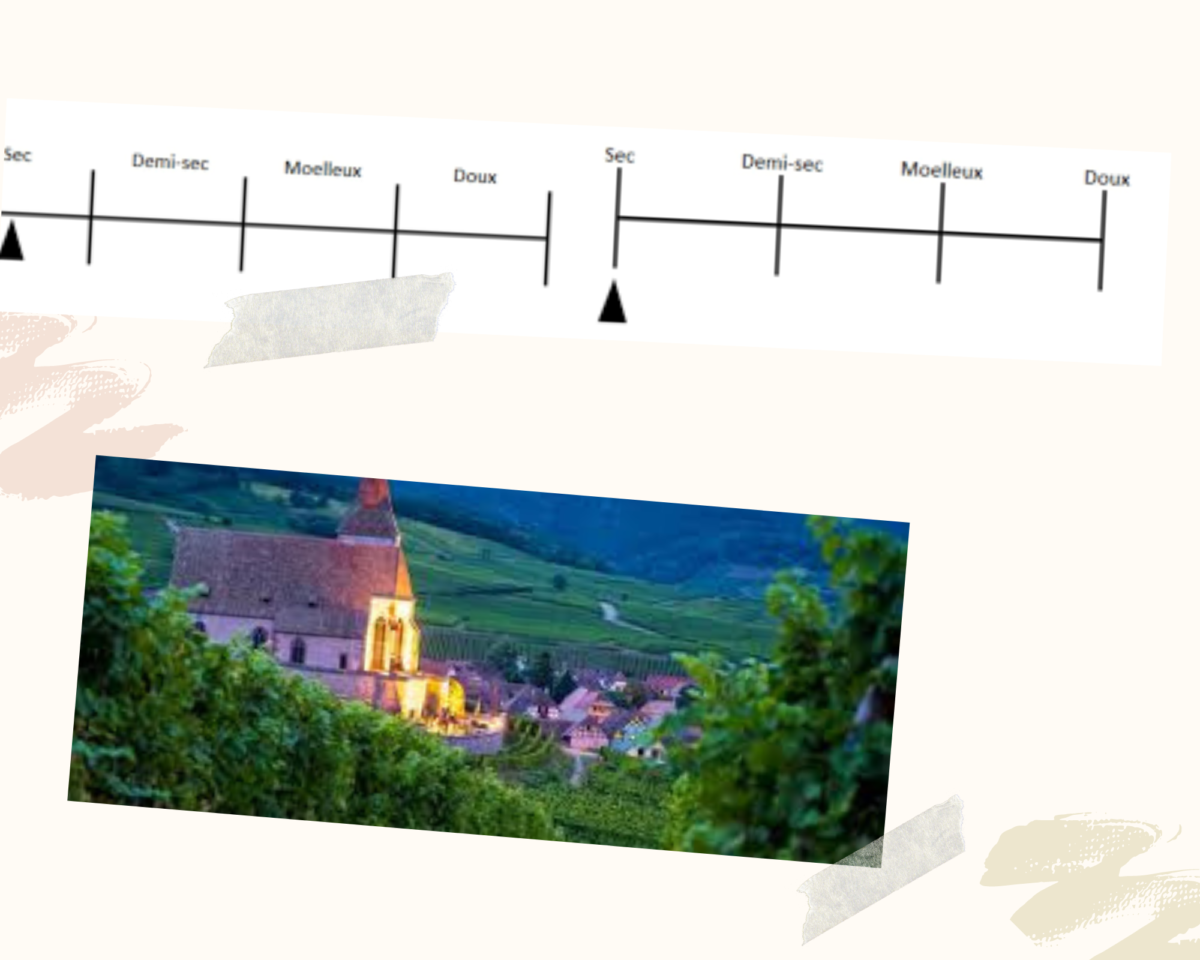European legislators have moved to require ingredient and nutritional information on wine labels (vis QR code), US consumer groups have also fought to achieve the same objective. After 20 years the groups have one their fight.
Starting December 8, 2023, labels of alcohol sold in the EU will have to reveal nutritional and ingredient information directly, or through a QR code. Until now, wine producers with no interest in exporting to Europe have imagined themselves to be immune from this kind of legal requirement, but a recent court ruling shows that American consumers will soon see the same information on bottles on sale in the US.
As the Center for Science in the Public Interest – CSPI – reported “the Treasury Department’s Alcohol and Tobacco Tax and Trade Bureau (TTB) has agreed to issue proposed rules requiring standardized alcohol content, calorie, and allergen labeling on all beer, wine and distilled spirits products [and to] begin preliminary rulemaking on mandatory ingredient labelling.”
The US move has been a very long time coming and results from a legal action by consumer groups and the CSPI against the TTB for failing to act on a 2003 petition submitted by 69 organizations and individual citizens including four deans of schools of public health, and calling for alcoholic beverages to be treated in the same way as other beverages and food products.
Opponents of the move who hope that implementation of labeling legislation may still be delayed will be dismayed to learn that the House and Senate Appropriations Committee’s 2023 budget treats the issue as ‘critical’ and calls for urgent action.
#winenews #wine #alcohol #beer #spirits #winelabels #wineeducation #wineinmoderation #winetechnology #winetrends


